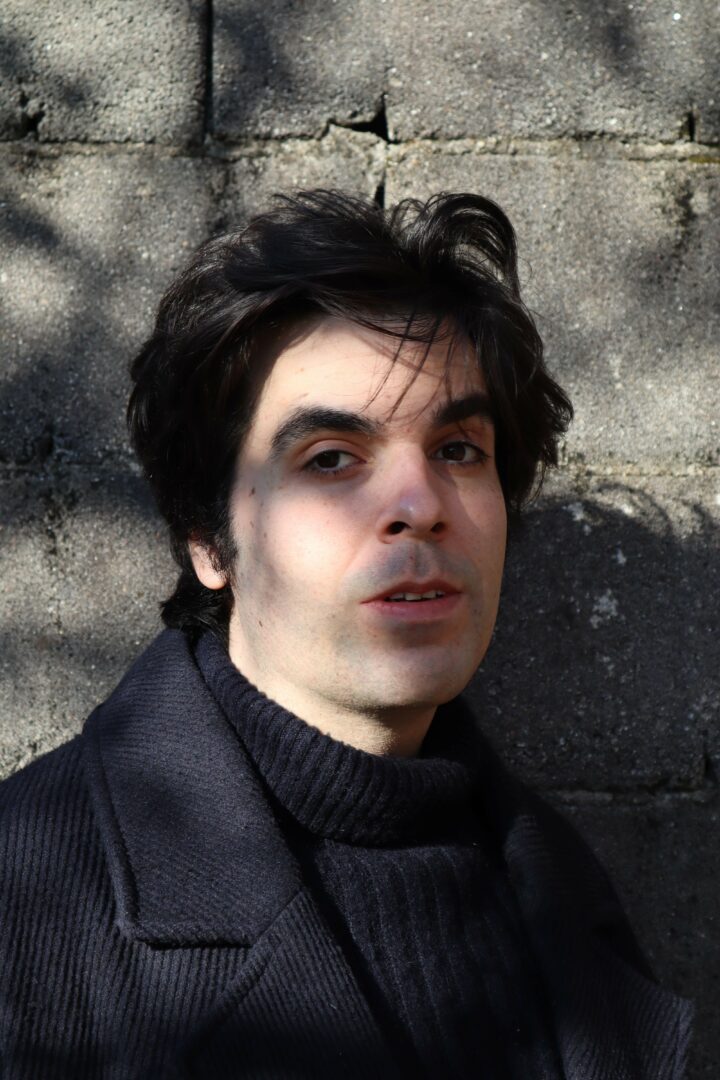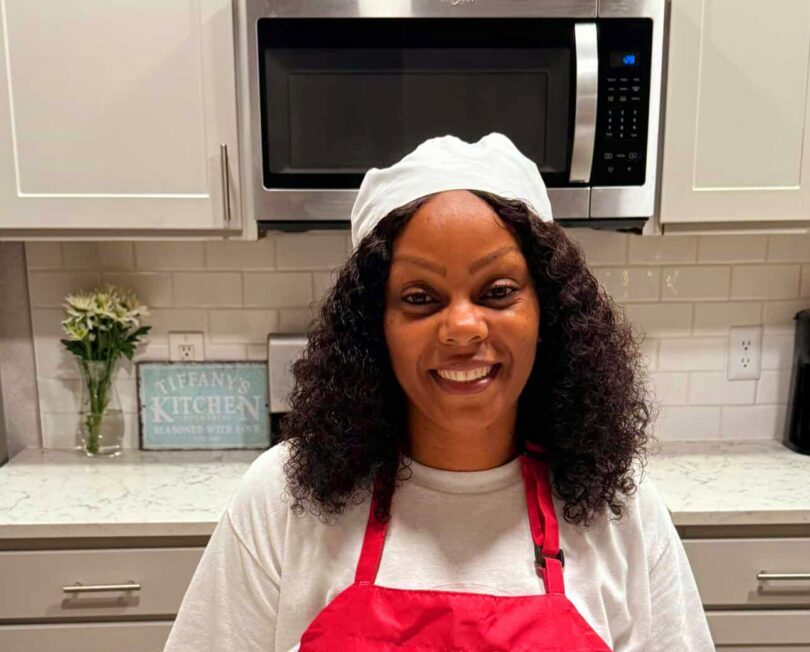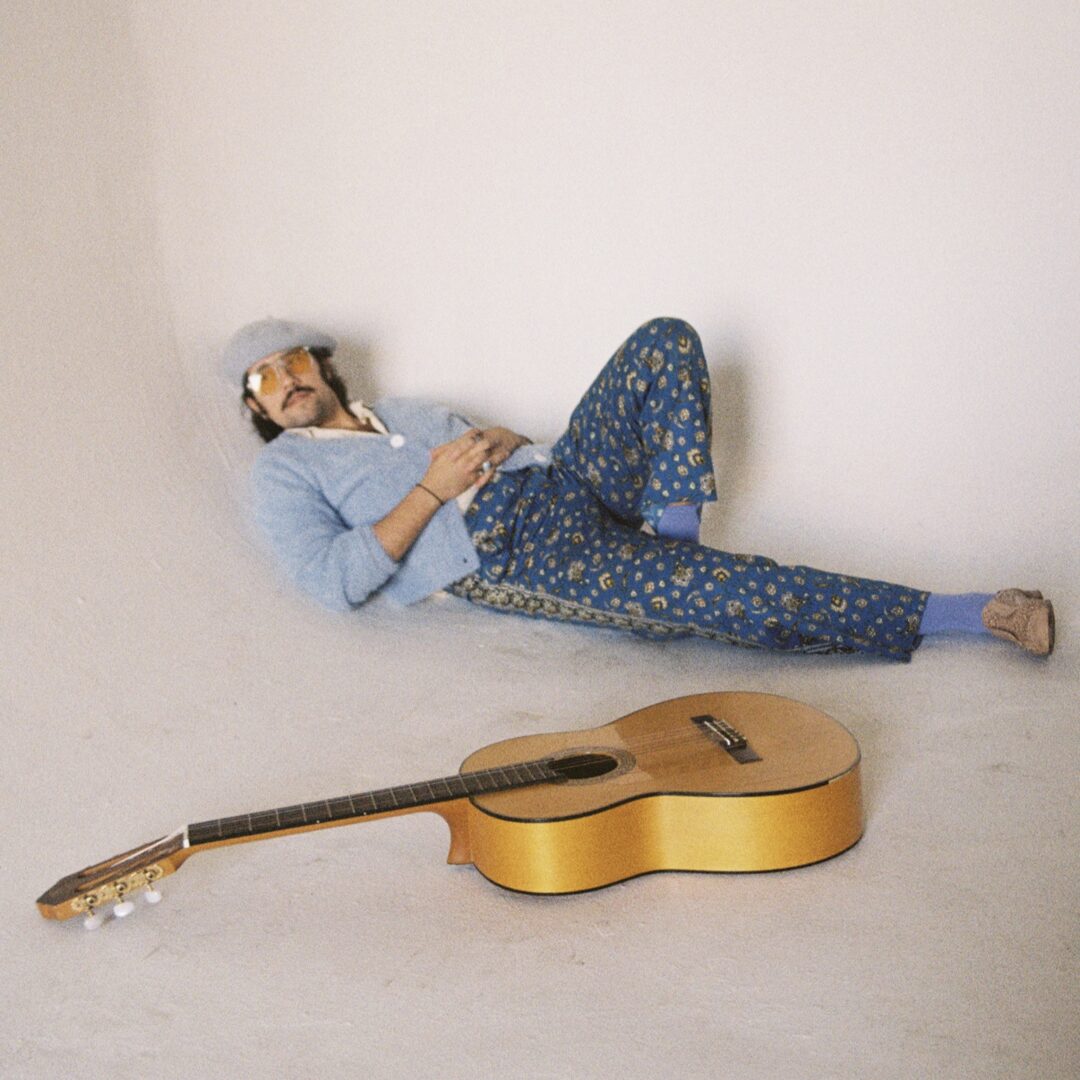We recently connected with Manuel Mata Piñeiro and have shared our conversation below.
Hi Manuel, great to have you with us today and excited to have you share your wisdom with our readers. Over the years, after speaking with countless do-ers, makers, builders, entrepreneurs, artists and more we’ve noticed that the ability to take risks is central to almost all stories of triumph and so we’re really interested in hearing about your journey with risk and how you developed your risk-taking ability.
I believe that risk-taking is a daily process. I like Sartre’s approach that a lot of small metamorphoses suddenly produce a big revolution. I think being risk-taking is like being imaginative or passionate: you can’t just delegate those things to the creative realm and expect them to suddenly manifest themselves intensely. It has to be a daily duty. I believe that all creative risks always arise from the way life is lived. So the answer to how I have developed (or how I try to develop) my ability to take risks is, foolishly, by taking risks. For example, I once tried to build a time machine.
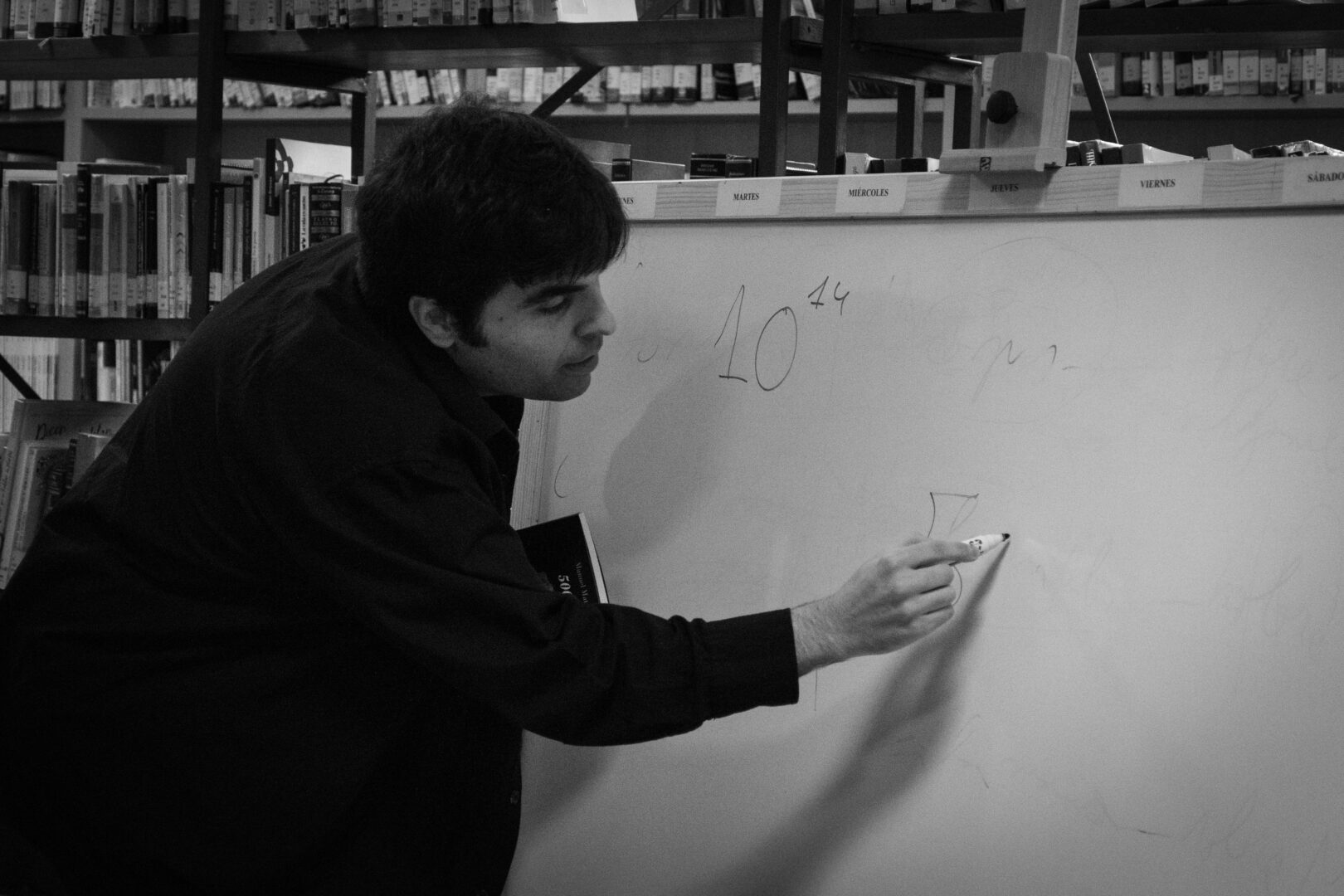
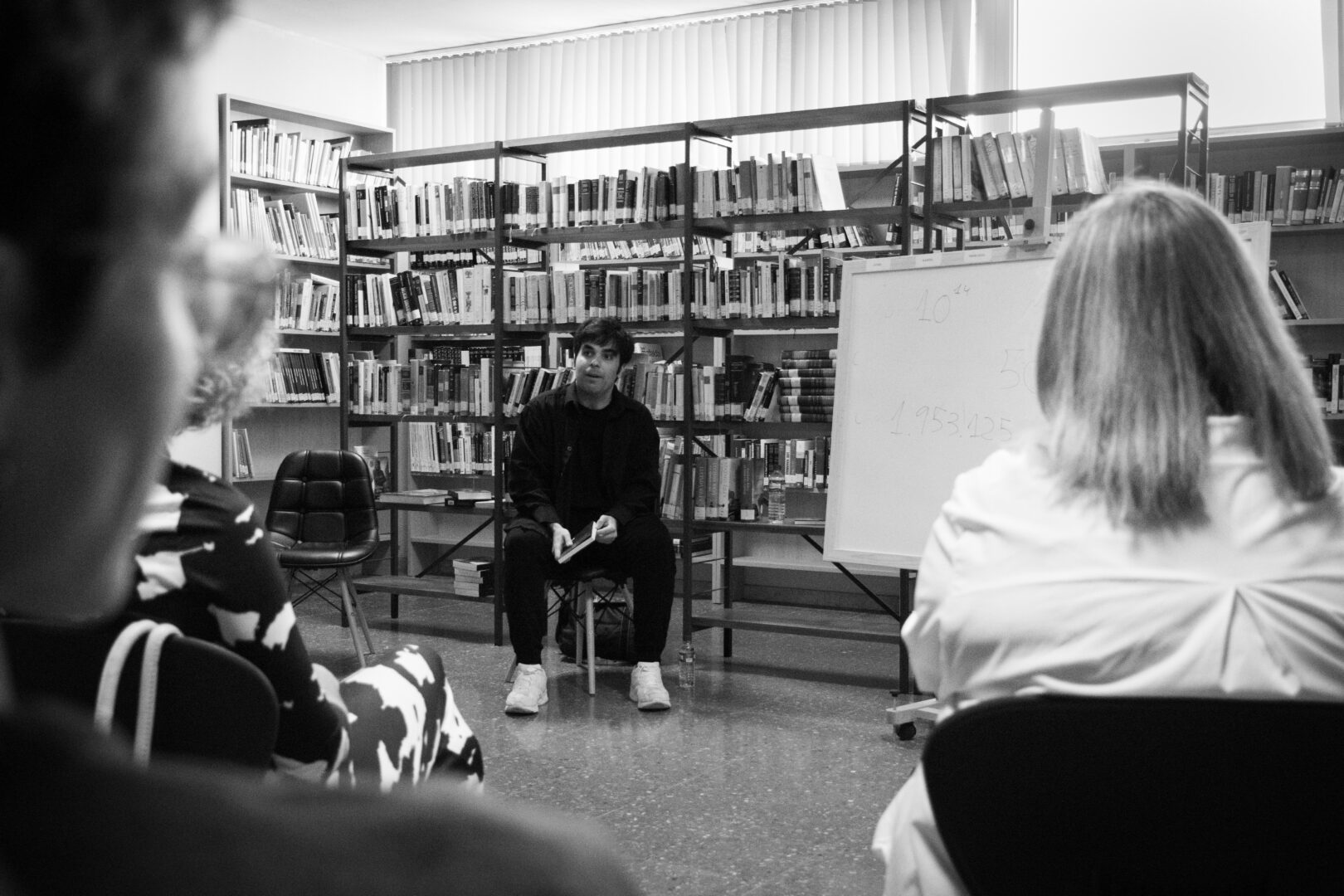
Let’s take a small detour – maybe you can share a bit about yourself before we dive back into some of the other questions we had for you?
I am a writer and artist. I was born in 1992 in Vilagarcía de Arousa, a small town in northwestern Spain, and I currently live in New York.
Like any artist, I have worked as many different things (teacher, editor, translator, anthologist, curator). In 2024 I was awarded a Fulbright Grant for artists and I am currently developing a project related to dirty realism and the absurd.
I have published eight books (all with Spanish publishers) of poetry, prose and experimental literature. During the last years I have also appeared in anthologies and other publications. I have won three international poetry awards and exhibited my artwork in Spain, Portugal and Iceland (both in group and solo exhibitions). I have read my writings in places like Museo Nacional Centro de Arte Reina Sofía (Madrid), Centro Pompidou (Málaga) or Latchkey Gallery (New York City).
My favorite medium is the book. I am enthusiastic about the way a book can be placed anywhere. Portability, accessibility and everyday life are indispensable factors for me.
To sum up, I am a multidisciplinary author who oscillates between visual art and writing depending on the needs of each project. In addition, I once traveled back in time and petted a four-ton spider.
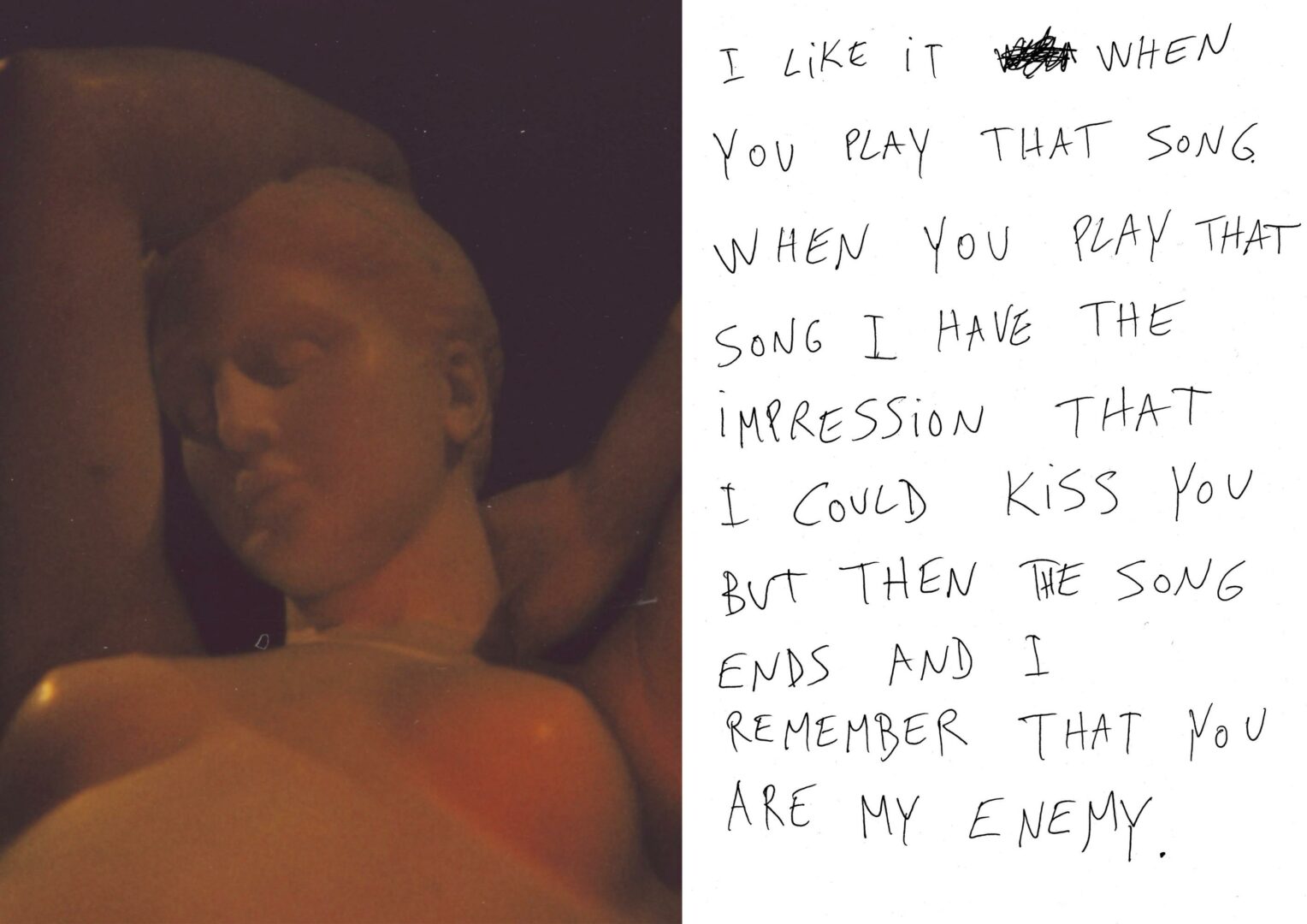
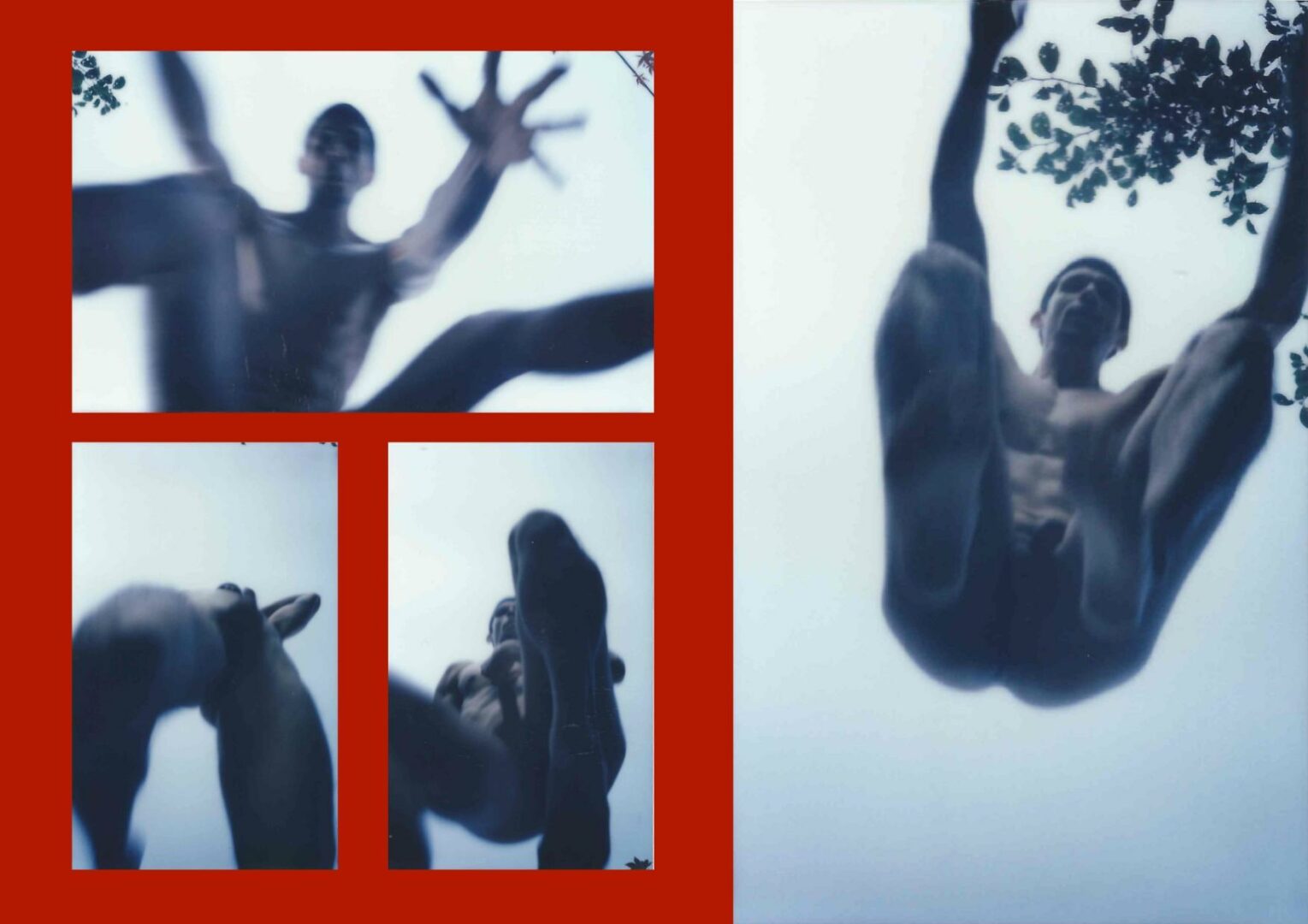
Looking back, what do you think were the three qualities, skills, or areas of knowledge that were most impactful in your journey? What advice do you have for folks who are early in their journey in terms of how they can best develop or improve on these?
Well, for me literature and art have undoubtedly been the two areas of knowledge in which I have focused both my education and my professional life. To these two I would add people. I think people are incredible catalysts for understanding or expanding areas of knowledge. If you approach people with enough curiosity they become a tool for constant surprise. Truly trying to understand how another person sees the world immediately expands the boundaries of what an artistic or literary movement can be. What I mean is that possibly the best way to understand Cézanne, besides contemplating his paintings, is to see how someone eats an orange or how a person you love piles apples on the table at home. The best way to go deeper is people, and time machines.
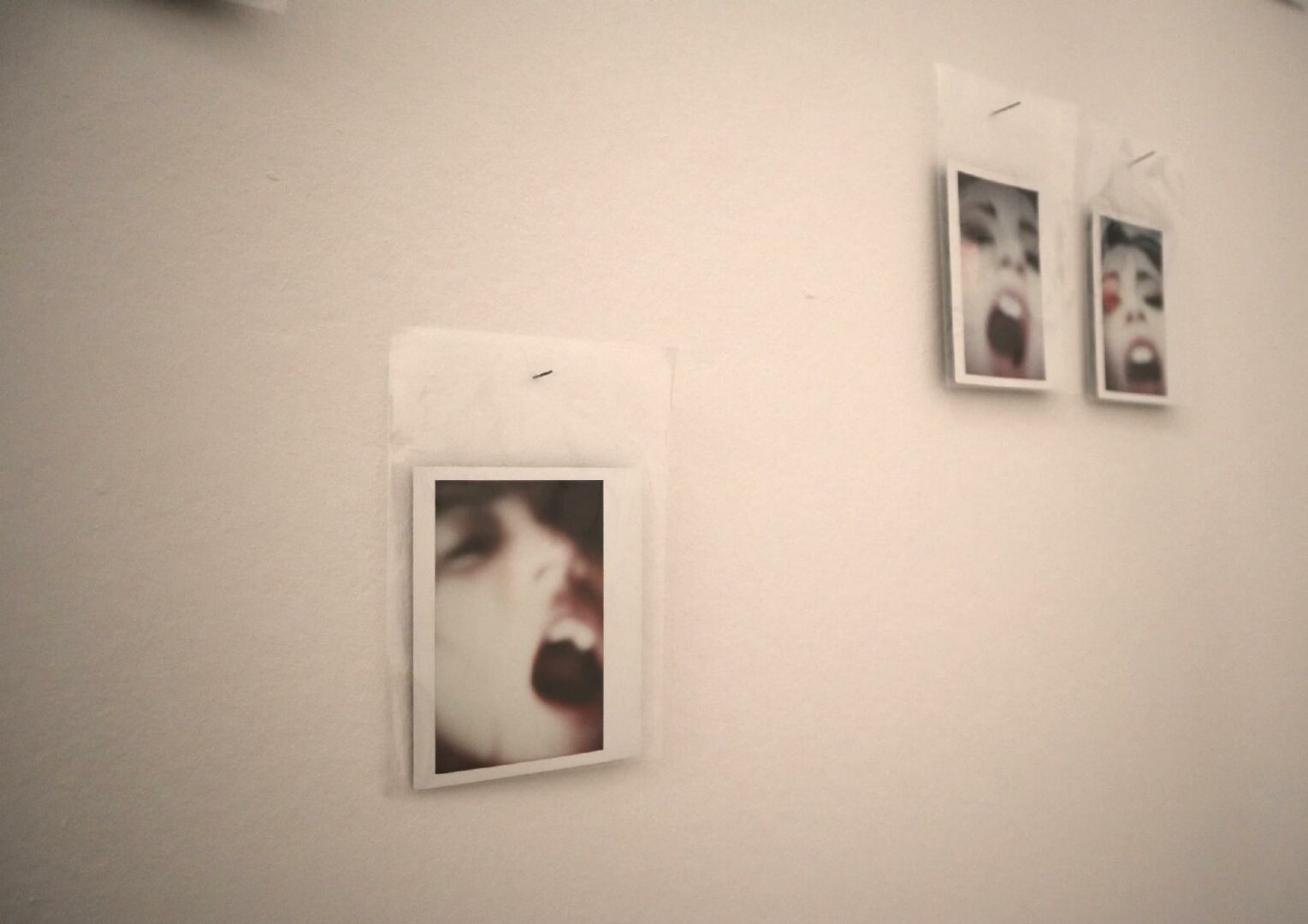
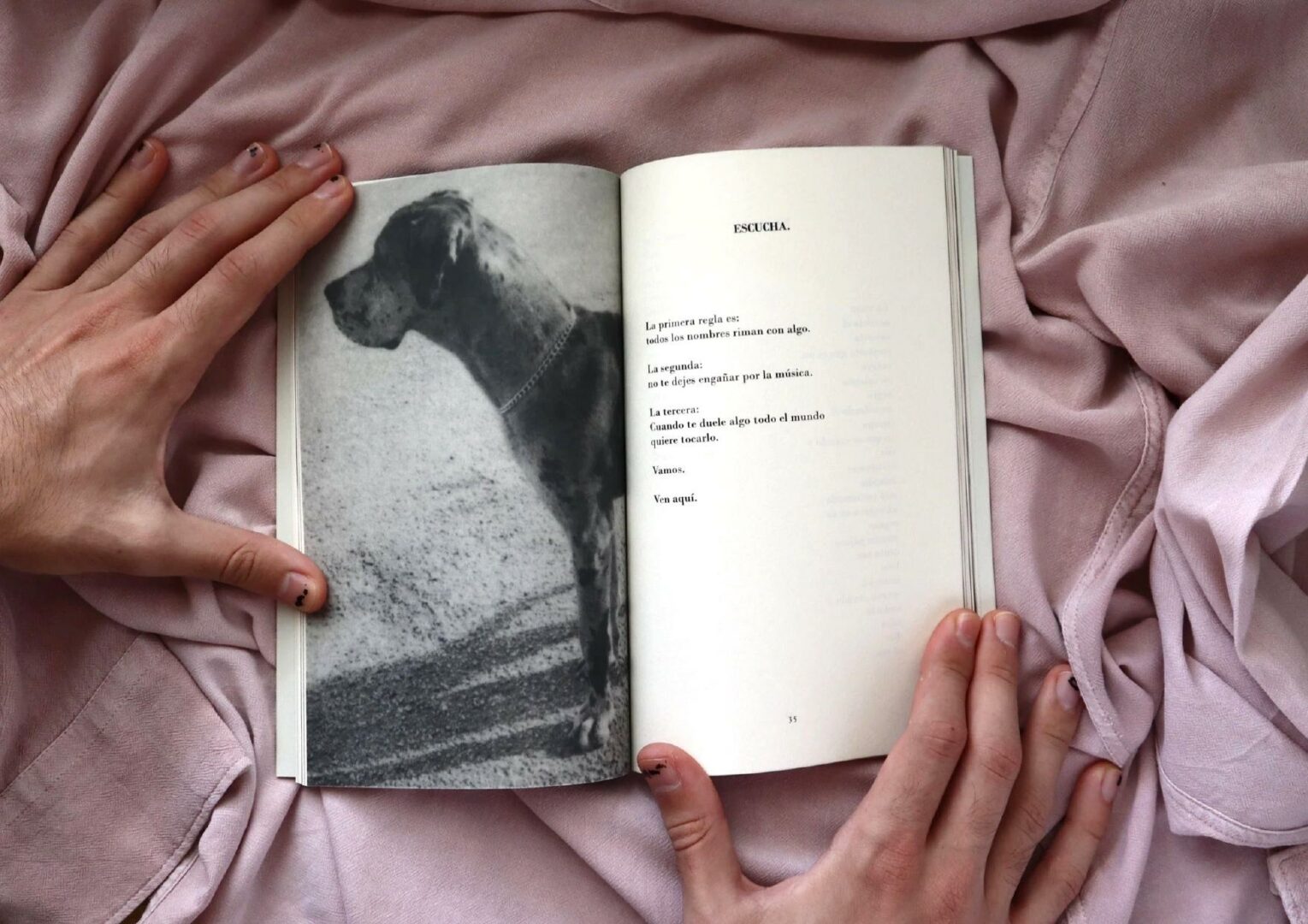
Before we go, any advice you can share with people who are feeling overwhelmed?
I think for me feeling overwhelmed usually has to do with saturation. I once read an interview with Asimov in which he was asked “how do you manage to finish so many different projects?”. Asimov replied that, when he was working on a project, he fought saturation and boredom in the same way: by moving on to another project. This is a formula that I find very effective, because I really don’t feel good about the idea of “resting” on a creative level, because in my case the best answer to saturation is not inactivity but desaturated activity. I think that most of the time that’s the problem of feeling overwhelmed, that you have nowhere to put your energy and you are forced either to insist on a project that has saturated or bored you or to stop when you really want to keep moving. So my recommendation is the same as Asimov’s: find ways to keep feeling pleasure, fun and joy without giving up.
Of course, sometimes you feel overwhelmed by something that is an obligation, such as a job that allows you to pay the rent. All jobs should allow for happiness, but when they don’t, and you can’t quit, the main thing you can do is hang in there without getting crushed by shit and be prepared to experience the best possible change when the opportunity arises. Don’t let a crappy job convince you that that’s what life is all about. There are always ways out. Hope is also a time machine.
Contact Info:
- Website: https://mmmanuelmata.com
- Instagram: https://www.instagram.com/manuel_mata_p/
- Linkedin: https://www.linkedin.com/in/manuel-mata-977457217/
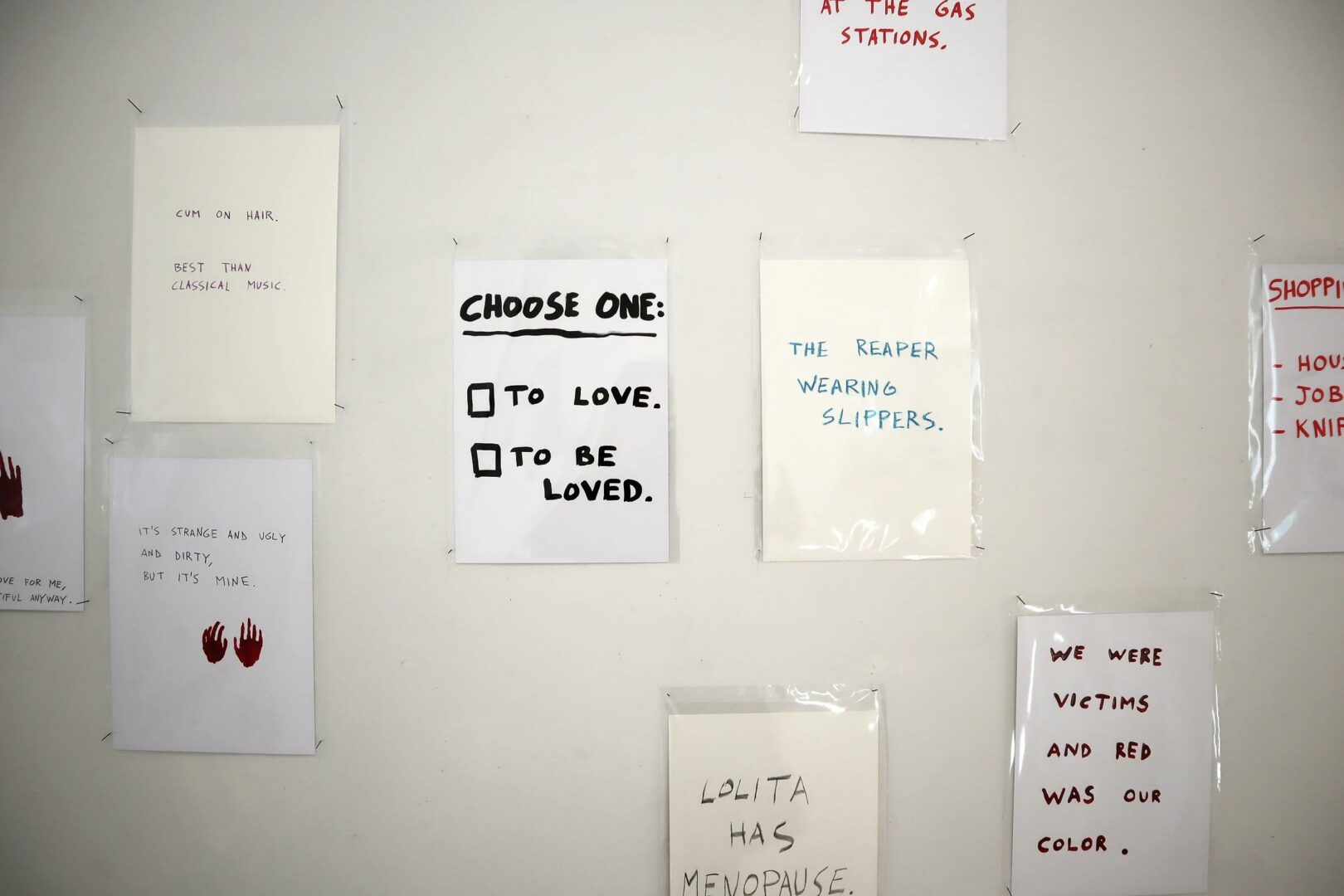
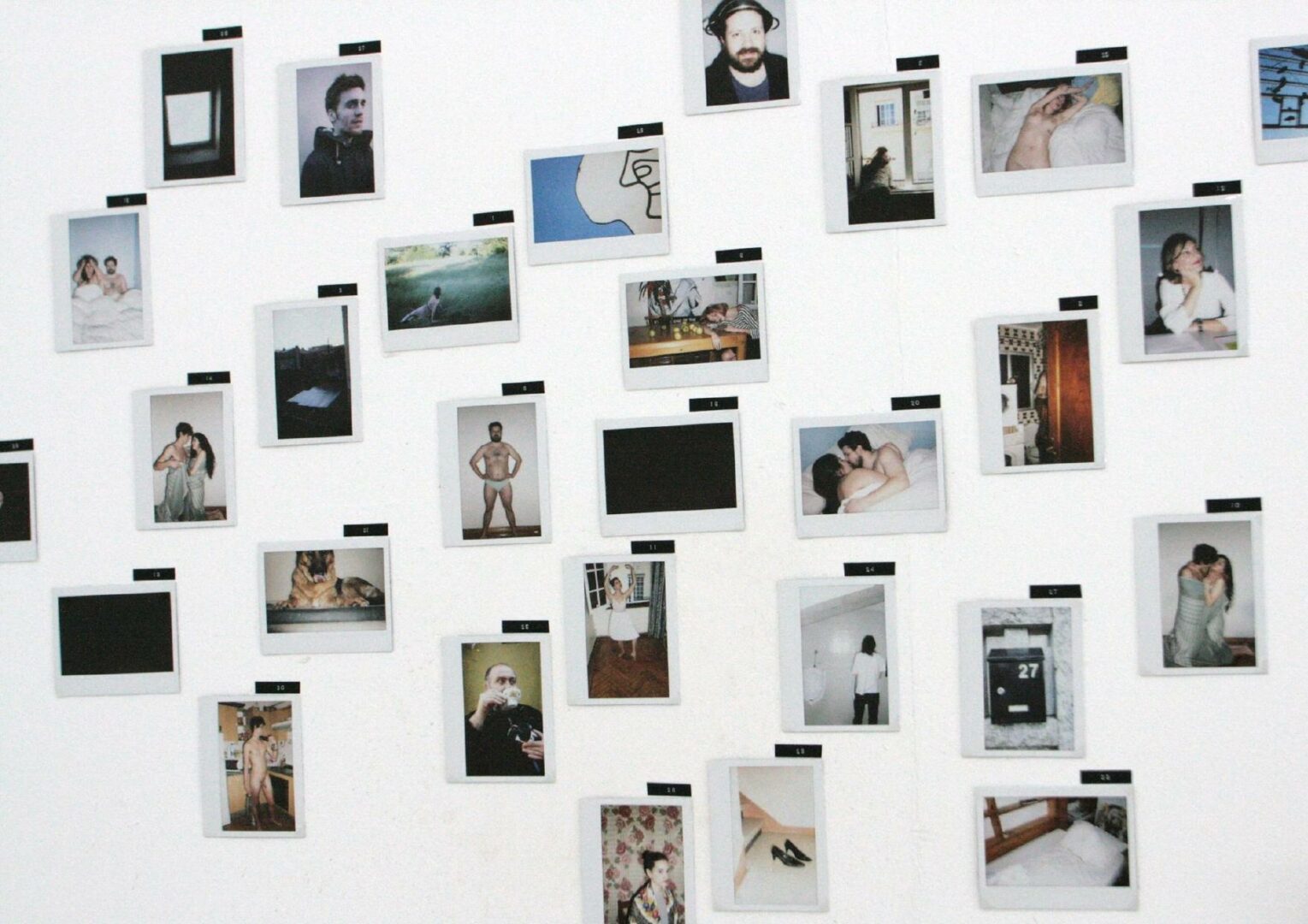
Image Credits
The two b&w photos of the “Additional photos” group are from “Julia Moranz”.
so if you or someone you know deserves recognition please let us know here.

